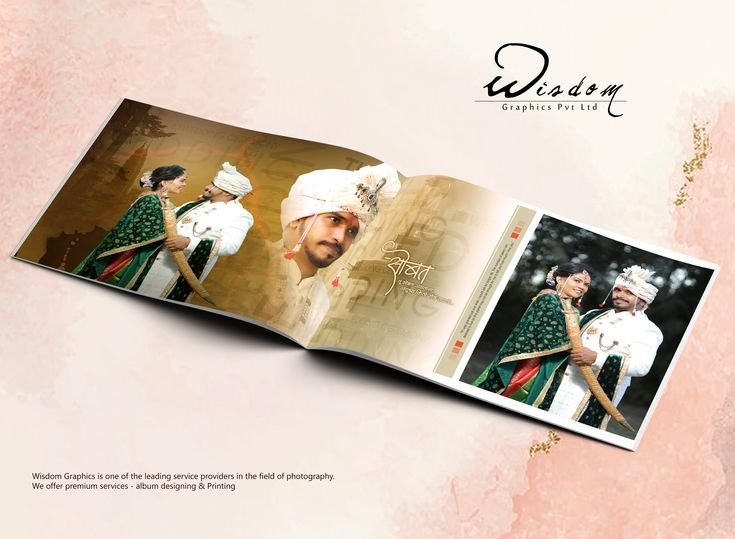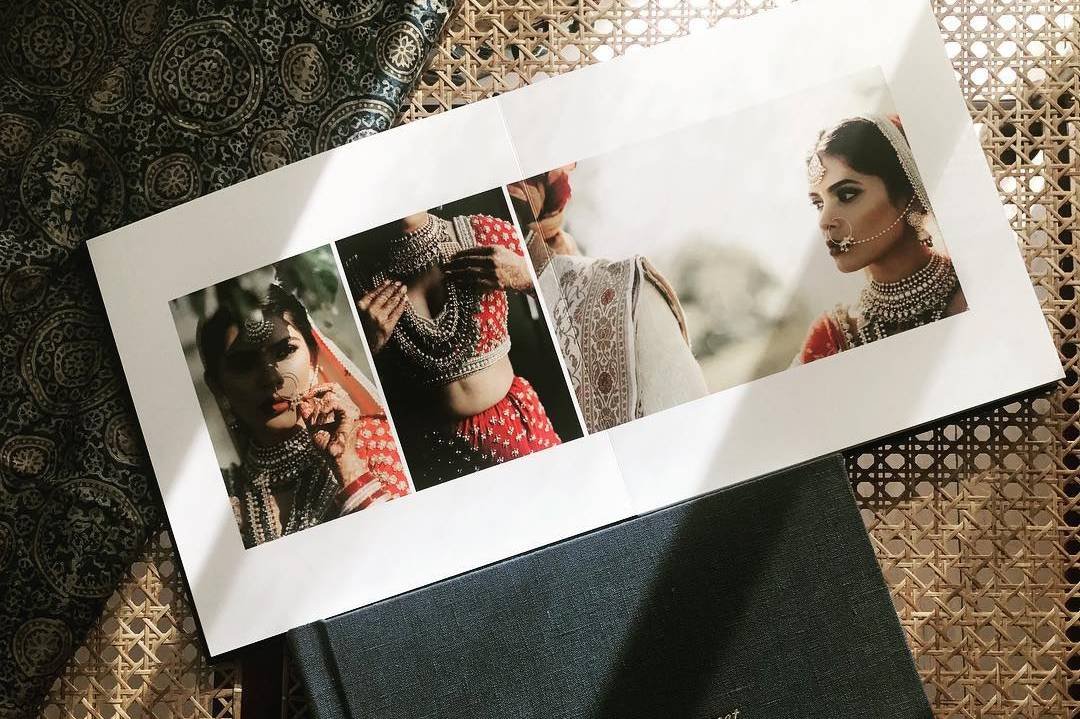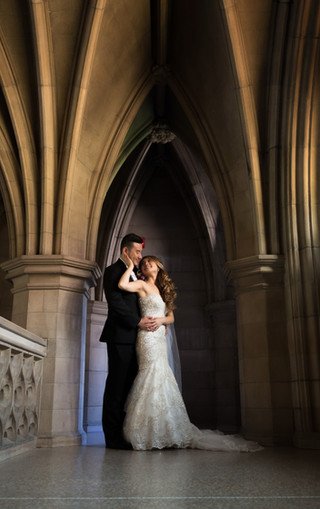In the thrilling world of martial arts photography, capturing the graceful movements and intense moments of combat is an art form in itself. From powerful kicks frozen in mid-air to the focused gaze of a martial artist, each photograph tells a story of discipline, strength, and skill. Discover the beauty and power of martial arts through the lens of talented photographers in this captivating article on thebestphotostudio.
Capturing the Grace and Power of Martial Arts Through Art Photography
When it comes to art photography, capturing the essence of martial arts can be a truly captivating experience. The fluidity of movement, the intensity of focus, and the sheer power displayed by martial artists make for compelling subjects in photography.
Through the lens of a skilled photographer, the grace and power of martial arts can be immortalized in stunning images. Whether it’s a dynamic kick frozen in mid-air or a serene moment of meditation before a match, art photography has the ability to showcase the beauty and strength inherent in martial arts.
By playing with light, composition, and timing, a photographer can create images that not only capture the physicality of martial arts but also the emotional and spiritual aspects of the practice. Each photo becomes a moment frozen in time, allowing viewers to appreciate the dedication and discipline required to excel in martial arts.
In conclusion, art photography offers a unique opportunity to celebrate and explore the world of martial arts in a visually stunning way. By capturing the grace and power of these ancient disciplines, photographers can create images that inspire and amaze viewers.
Martial Arts Photography
Flamboyant wedding photographer doing interpretive dance/martial arts fusion at wedding.
How to photograph martial arts?
When photographing martial arts in the context of Art Photography, it’s important to capture the dynamic movement and essence of the martial art form. Here are some tips to help you capture compelling images:
1. Use a fast shutter speed to freeze the motion of the martial artists in action. This will help you capture sharp and crisp images.
2. Focus on the expressions and body language of the martial artists to convey emotion and intensity in your photographs.
3. Pay attention to the lighting in your scene. You can use natural light or experiment with artificial lighting to create dramatic effects.
4. Capture different angles to showcase the techniques and movements of the martial arts. Get low to the ground for dynamic shots or shoot from above for a different perspective.
5. Include details and close-up shots of the martial artists’ hands, feet, or weapons to add depth and interest to your photos.
6. Engage with the martial artists to understand their art form better and capture authentic moments during their practice or performance.
By following these tips and techniques, you can create stunning and impactful photographs of martial arts in the context of Art Photography.
What is a martial artist called?
In the context of Art Photography, a martial artist is often referred to as a subject. This term highlights the individual who is being captured and portrayed in the photographic artwork. The subject may be depicted practicing martial arts, showcasing their skills and movements through the lens of the camera.
How can I become a martial artist?
To become a martial artist in the context of Art Photography, you can start by researching and studying photographs that depict martial arts movements and techniques. This will help you understand the visual aspects of martial arts, such as body positioning, fluidity of movement, and dynamic energy.
Next, consider taking up martial arts classes to learn about the physical aspects of different disciplines. Observing and capturing these movements through your camera lens can provide you with unique perspectives and insights into the artistry of martial arts.
Additionally, try to collaborate with martial artists to create photo projects that showcase the beauty and power of their movements. This can help you develop your skills in capturing motion, emotion, and storytelling through photography.
By immersing yourself in both the practice of martial arts and the art of photography, you can cultivate a deeper understanding and appreciation for both disciplines, ultimately enhancing your ability to create compelling and visually striking art photographs that celebrate the essence of martial arts.
How can I get recognition for my martial art?
To gain recognition for your martial art photography, you can follow these steps:
1. Create a Strong Portfolio: Develop a portfolio showcasing your best martial art photographs. Ensure your portfolio represents a cohesive style or theme.
2. Share Your Work Online: Utilize social media platforms like Instagram, Facebook, and Twitter to showcase your art photography. Use relevant hashtags to reach a wider audience.
3. Collaborate with Martial Artists: Partner with martial artists to create compelling images that capture the essence of their art. Collaborations can help expand your network and reach.
4. Attend Art Exhibitions and Events: Participate in art exhibitions, gallery showings, or photography events to display your work and connect with other artists and enthusiasts.
5. Submit Your Work to Contests and Publications: Enter your martial art photography in contests and submit them to relevant publications or online magazines. Winning awards or getting featured can boost your credibility.
6. Engage with the Art Community: Interact with other art photographers, martial artists, and art enthusiasts both online and offline. Join forums or groups to share your work and exchange ideas.
7. Seek Feedback and Improve: Be open to critiques and feedback on your photography. Continuous improvement is key to gaining recognition in the art photography community.
Remember, building a reputation in art photography takes time and dedication. Stay true to your vision and keep honing your craft to stand out in the competitive art world.
Frequent Questions
What techniques can be used in martial arts photography to capture the movement and energy of the practitioners?
Using slow shutter speed and panning techniques can be effective in martial arts photography to capture the movement and energy of the practitioners.
How can lighting and composition enhance the artistic quality of martial arts photography?
Lighting can help create dramatic shadows and highlights, emphasizing the strength and agility of the martial artist. Composition can capture dynamic movements and poses, adding a sense of energy and storytelling to the image.
Are there specific visual elements or themes commonly explored in art photography focused on martial arts?
Yes, some specific visual elements and themes commonly explored in art photography focused on martial arts include dynamic movements, focused expressions, intricate details of traditional attire and weapons, and the contrast between strength and grace.
In conclusion, martial arts photography offers a unique blend of grace, power, and discipline captured through the lens of an artist. Through the striking poses and intense moments frozen in time, these images not only showcase the physical prowess of martial artists but also delve into the emotional and spiritual depths of their practice. As a subgenre within Art Photography, martial arts photography serves as a powerful visual narrative that transcends mere movement and form, inviting viewers to witness the harmony between mind, body, and soul. Witnessing these images, we are reminded of the beauty and complexity that lie within the world of martial arts, offering a glimpse into a realm where strength and artistry become one.







